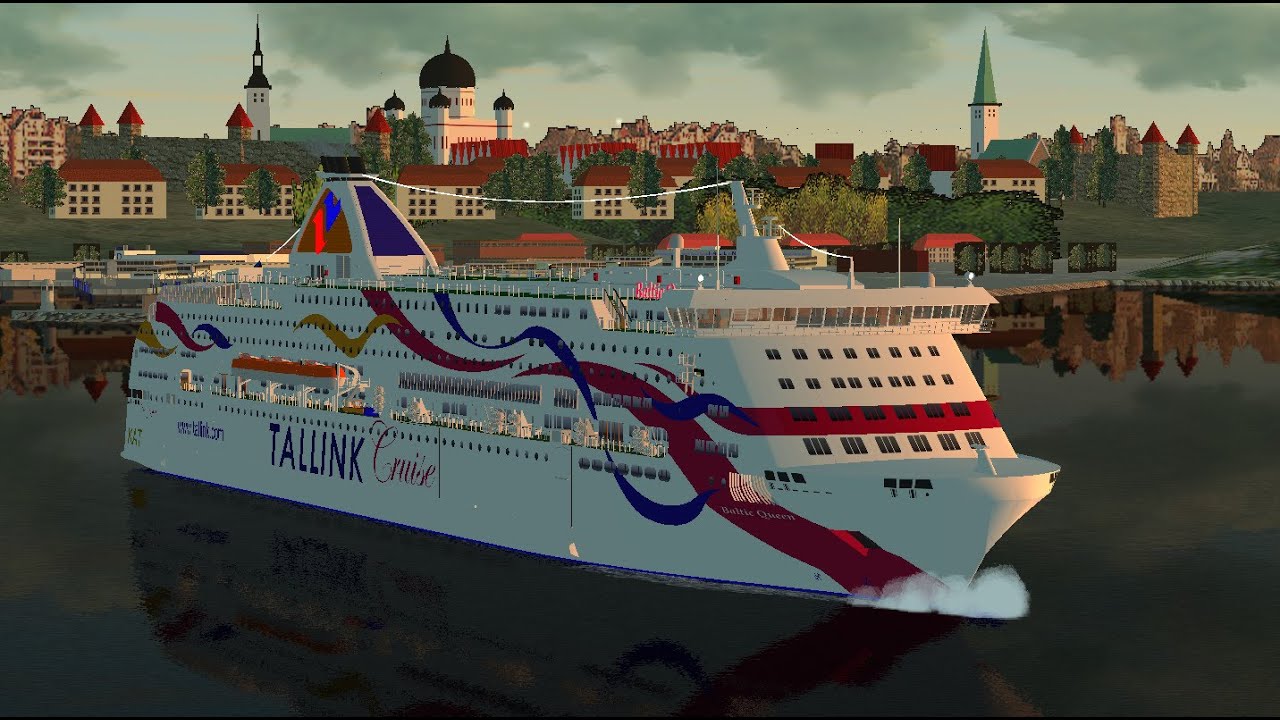

In a certain sense, Italy invented the cruise! A precedent, in 1907, was set by the steamship Thalia of the Lloyd of Trieste, whose “pleasure voyages” were very successful: the word “cruise” only came into use in the 'Thirties. The Roaring Twenties saw the growth of interest in sporting activity and physical fitness and, thanks to their southern route, the Italian liners offered many novelties for exercise, fun and entertainment never before seen on board ship:įor instance, cabins with verandahs air-conditioning lidos and swimming pools on the outer decks spas stabilisers to prevent mal de mer etc. Our ships, on which had been installed the so-called Tourist Class, attracted many people, particularly North Americans desirous of taking a holiday in Europe, travelling for pleasure rather than out of necessity. Thanks to the beneficial influence of the Gulf Stream, the route of the Italian liners sailing to New York became known as “La Rotte del Sole” (The Sun Route) and offered a warm climate almost all year round. This came about principally because of the virtual closure of the borders of the United States to new immigrants. Already, after the First World War, Italian companies had reinvented their passenger ships which now became a means of comfortable travel and also of cruising. This movement was reversed after the 1960s. Later, the early steamship companies set up in the Italian peninsular before the unification of the country, which occurred in 1861, earned their living primarily by carrying migrants: about 29 million people would leave Italy over the next century. At the dawn of steam navigation, these first ships undertook pleasure voyages to local islands and other famous places.

In 1818, there were launched in Naples and Trieste the first two steamers in the Mediterranean, the Ferdinando I and Carolina I.


 0 kommentar(er)
0 kommentar(er)
